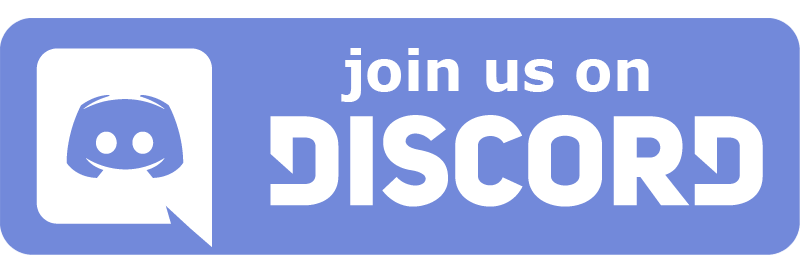SteamHead and MakeFashion Edu courses have moved to this site, SteamHead.space! Find it under "The Shelf". The new course has more media and formatting, which makes it super easy to read quickly and pull out the resources you need for your class that day. Teachable...
Carrie Leung
Carrie Leung is a San Francisco native, a techie turned teacher. She is a maker-educator focused on building open-community platforms for students, parents, educators, and industry to collaborate, learn, and connect. She has spent eight years in Shenzhen, China building project-based learning programs, embedding Maker Education, and experiential learning into classrooms. She recently piloted an Electronics and Media program at High Tech High, HTMNC in California.
Outside the classroom, her notable work include co-founding MakeFashion Edu, SteamHead non-profit, and developing the K-12 design program for V&A’s Design Society. Carrie believes in actively arming the youth with positive physical, mental, and emotional tools they need to shape the future we will all live in.
By request, a slightly longer bio here!
Carrie Leung is a San Francisco native, a techie turned teacher. She is a maker-educator focused on building open-community platforms for students, parents, educators, and industry to collaborate, learn, and connect. She has spent eight years in Shenzhen, China building project-based learning programs, embedding Maker Education, and experiential learning into classrooms. She recently piloted an Electronics and Media program at High Tech High, HTMNC in California.
Carrie is a maker-educator focused on building open community platforms for young makers, innovative educators, and cutting-edge industry to collaborate, learn, and connect. She spent eight years in Shenzhen, China teaching in project-based learning classrooms and exploring ways to embed the maker mindset and real-life experiences into education. In 2019 she began building an Electronics and Media Program at High Tech High in California.
Outside the classroom, her notable work include co-founding MakeFashion Edu, SteamHead non-profit, and developing the K-12 design program for V&A’s Design Society. Carrie believes in actively arming the youth with positive physical, mental, and emotional tools they need to shape the future we will all live in.
Carrie believes it’s all too common, in communities across the world, that these kind of collaborative opportunities exist but are not taken advantage of: whether that’s due to lack of connections, insular organizational culture, or competitiveness, the fact is that open-source collaboration and sharing is the best path for everyone to thrive and to make relevant education accessible.
Carrie is a San Francisco Native who left her Silicon Valley tech-finance career in order to make meaningful opportunities for the next generation, but her background affords her an insight into the complex corporate world—both its flaws and the kind of social good that could be possible if these powerful entities adopted better incentives and took a broader view of the world. She also learned to be pragmatic, to take gains where gains could be had, to counter strength with strength, but to offer support to those without the voice and power to stand against the world. Her goal is to create sustainable community systems that can outlive and outlast any single person and remain meaningful into the future.














